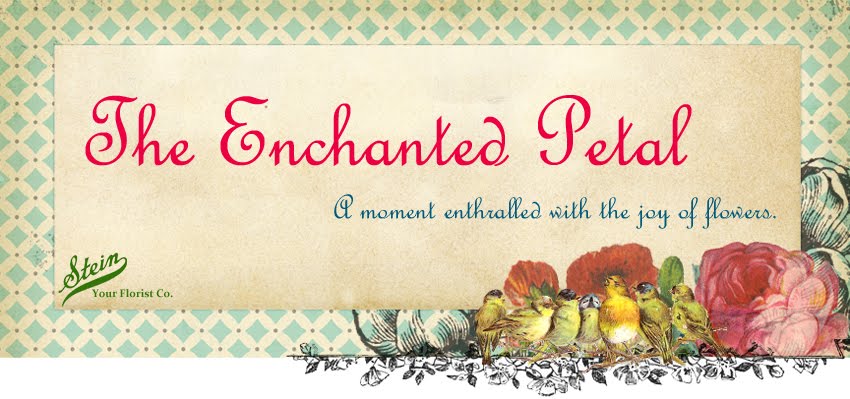 Day 241 –
Lavender flower spikes are used for dried flower arrangements. The fragrant,
pale purple flowers and flower buds are used in potpourris. Lavender is also
used extensively as herbal filler inside sachets used to freshen linens. Dried
and sealed in pouches, lavender flowers are placed among stored items of
clothing to give a fresh fragrance and to deter moths. Dried lavender flowers
have become recently popular for wedding confetti. Lavender is also popular in
scented waters and sachets.
Day 241 –
Lavender flower spikes are used for dried flower arrangements. The fragrant,
pale purple flowers and flower buds are used in potpourris. Lavender is also
used extensively as herbal filler inside sachets used to freshen linens. Dried
and sealed in pouches, lavender flowers are placed among stored items of
clothing to give a fresh fragrance and to deter moths. Dried lavender flowers
have become recently popular for wedding confetti. Lavender is also popular in
scented waters and sachets.
Day 242 - The
ancient Greeks called the lavender herb nardus, after the Syrian city of Naarda
(possibly the modern town of Dohuk, Iraq). It was also commonly called nard.
Lavender was one of the holy herbs used in the biblical Temple to prepare the
holy essence, and nard is mentioned in the Song of Solomon. During Roman times,
flowers were sold for 100 denarii per pound, which was about the same as a
month's wages for a farm laborer, or fifty haircuts from the local barber. Its
late Latin name was lavandārius, from lavanda (things to be washed), from the
verb lavāre (to wash). The Greeks discovered early on that lavender if crushed
and treated correctly would release a relaxing fume when burned. In medieval
times powdered lavender was used as a condiment.

Day 243 –
Commercially lavender plants are grown mainly for the production of essential
oil of lavender. This has antiseptic and anti-inflammatory properties. These
extracts are also used as fragrances for bath products. English lavender yields
an essential oil with sweet overtones, and can be used in balms, salves,
perfumes, cosmetics, and topical applications.
Day 244 -
Sunflower "whole seed" (fruit) are sold as a snack food, raw or after
roasting in ovens, with or without salt and/or seasonings added. Sunflowers can
be processed into a peanut butter alternative, sunflower butter. In Germany, it
is mixed with rye flour to make Sonnenblumenkernbrot
(literally: sunflower whole seed bread), which is quite popular in
German-speaking Europe. It is also sold as food for birds and can be used
directly in cooking and salads. American Indians had multiple uses for
sunflowers in the past, such as in bread, medical ointments, dyes and body
paints.

Day 245 -
Rhizomes of the German Iris (I.
germanica) and Sweet Iris (I.
pallida) are traded as orris root and are used in perfume and medicine,
though more common in ancient times than today. Today Iris essential oil
(absolute) from flowers are sometimes used in aromatherapy as sedative
medicines. The dried rhizomes are also given whole to babies to help in
teething. Gin brands such as Bombay Sapphire and Magellan Gin use orris root
and sometimes iris flowers for flavor and color.
































